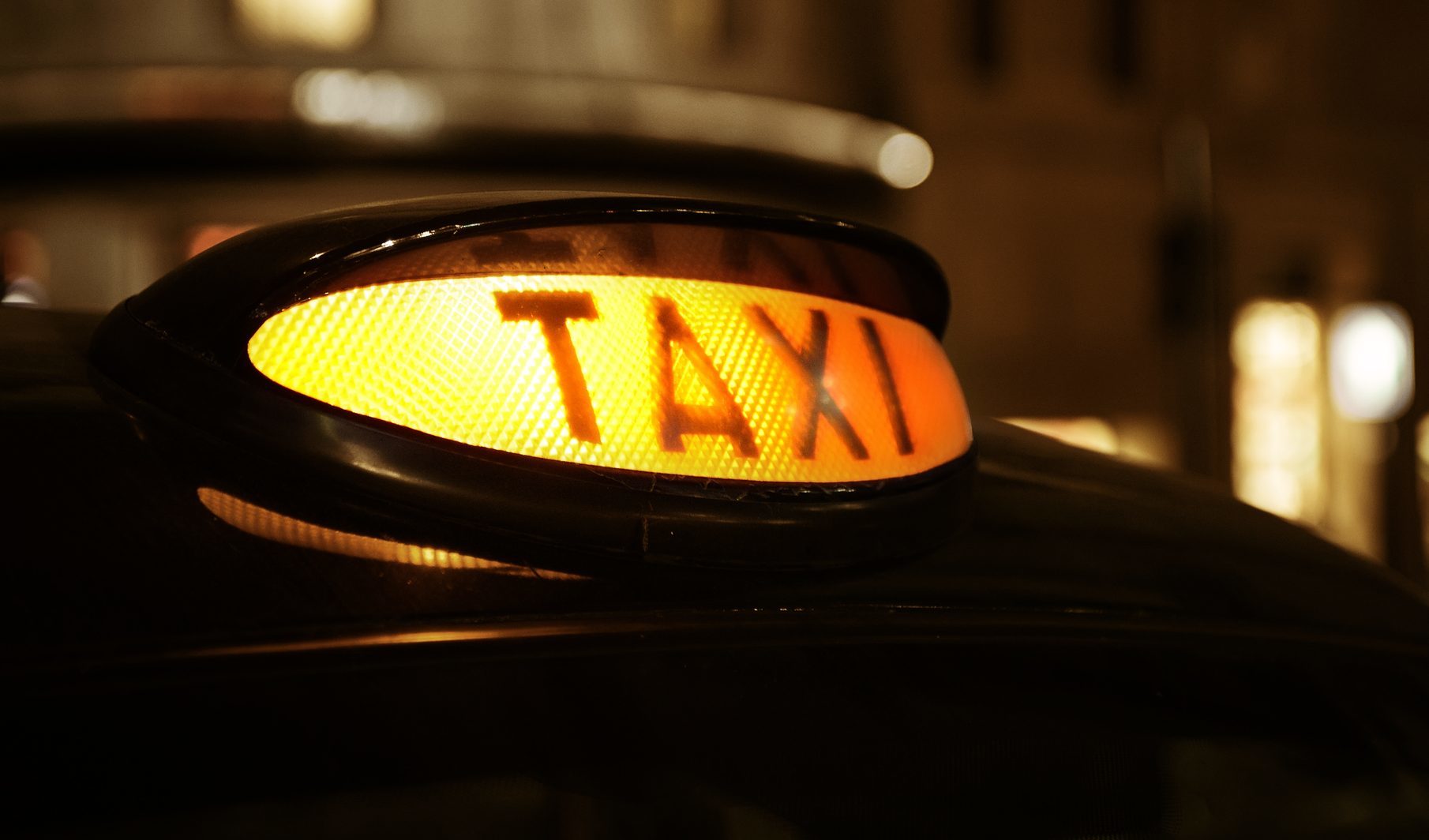
A NEW survey has revealed Scotland’s taxi drivers are working harder than they were three years ago.
The research gives an insight into their working habits and found that on average, drivers in Scotland travel 28,584 miles a year with an average of 91 fares a week – 31 more than in 2013.
The survey, commissioned by insurance broker insureTAXI, took responses from over 1,000 public and private hire drivers across the UK, including Uber.
A third of drivers in Scotland said they have increased their working hours over the last three years, with nearly half (45 per cent) citing increased competition as the reason for clocking up more time on the road.
A further 45 per cent of drivers in Scotland said they’re working longer hours to make ends meet at home.
In an average week, taxi drivers in Scotland are now working 46 hours and earning £395, making the average hourly rate £8.59; £1.35 over the current minimum wage.
On top of this, the research revealed they can expect an average tip of 72p for each fare.
Respondents were also asked about the effect of recent political developments.
Three-quarters of drivers said they didn’t think leaving the EU would have a negative impact on their job.
For those who are worried about Brexit, 80 per cent thought people would lose their jobs and therefore not need taxis to go to and from work or meetings, half said they didn’t think people would go out as much due to money worries, and over half (54 per cent) said they worried that it would lead to an increase in petrol costs.
Tim Crighton, marketing director of insureTAXI, said: “Speaking to over 1,000 taxi drivers has given us a real insight into the demands and challenges faced by our customers.
“Taxi drivers are having to work longer hours in order to combat the increase in competition and changes in consumers’ lifestyles. What’s more, the associated costs of being a taxi driver is a real concern to some – especially when they feel that there isn’t as much business available as there was a few years ago.”
READ MORE
You’ll never believe what items Scottish taxi passengers leave on the back seat
Meet the men who took the longest taxi trip in the world- to Australia and back in a London cab

Enjoy the convenience of having The Sunday Post delivered as a digital ePaper straight to your smartphone, tablet or computer.
Subscribe for only £5.49 a month and enjoy all the benefits of the printed paper as a digital replica.
Subscribe